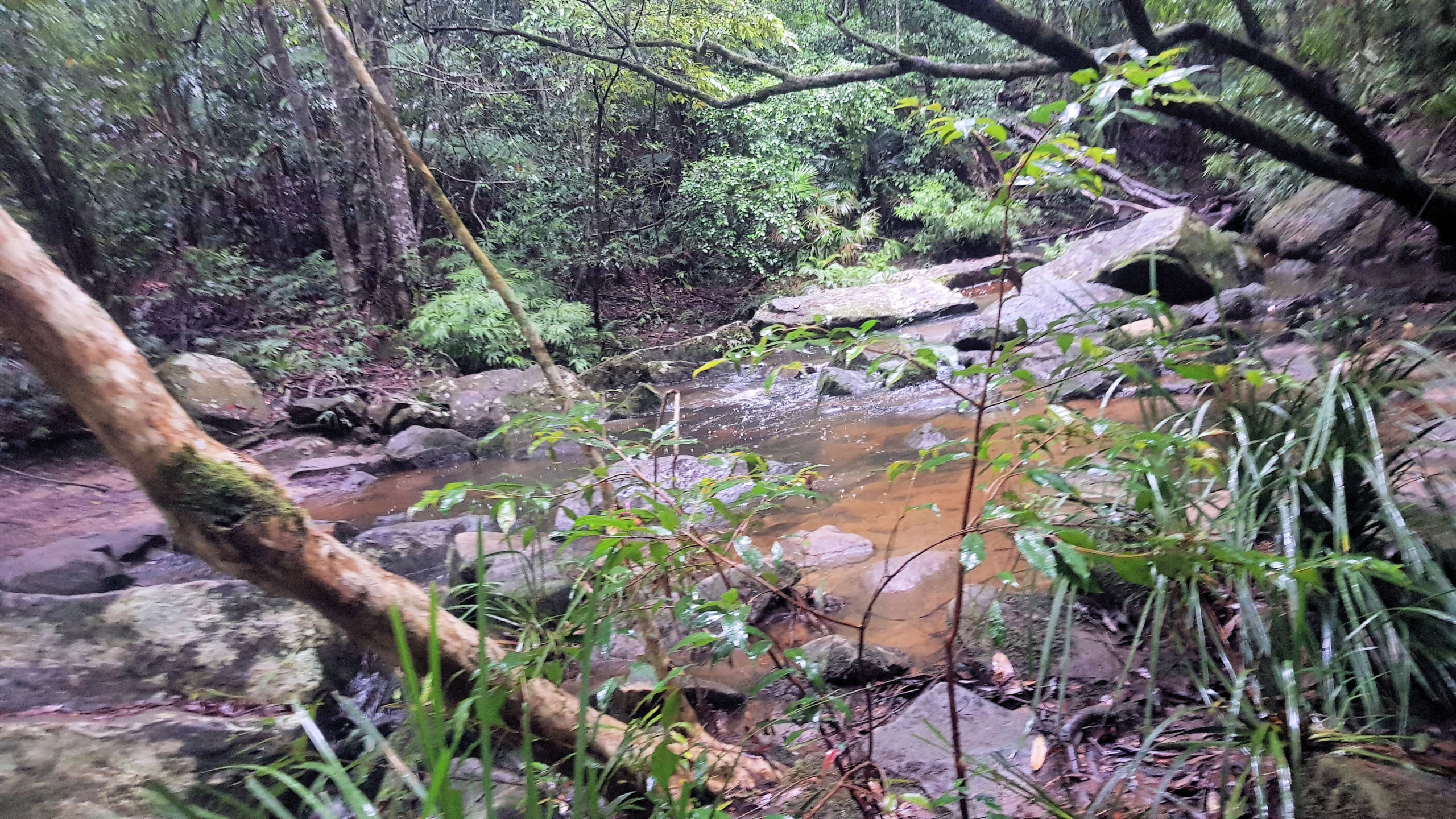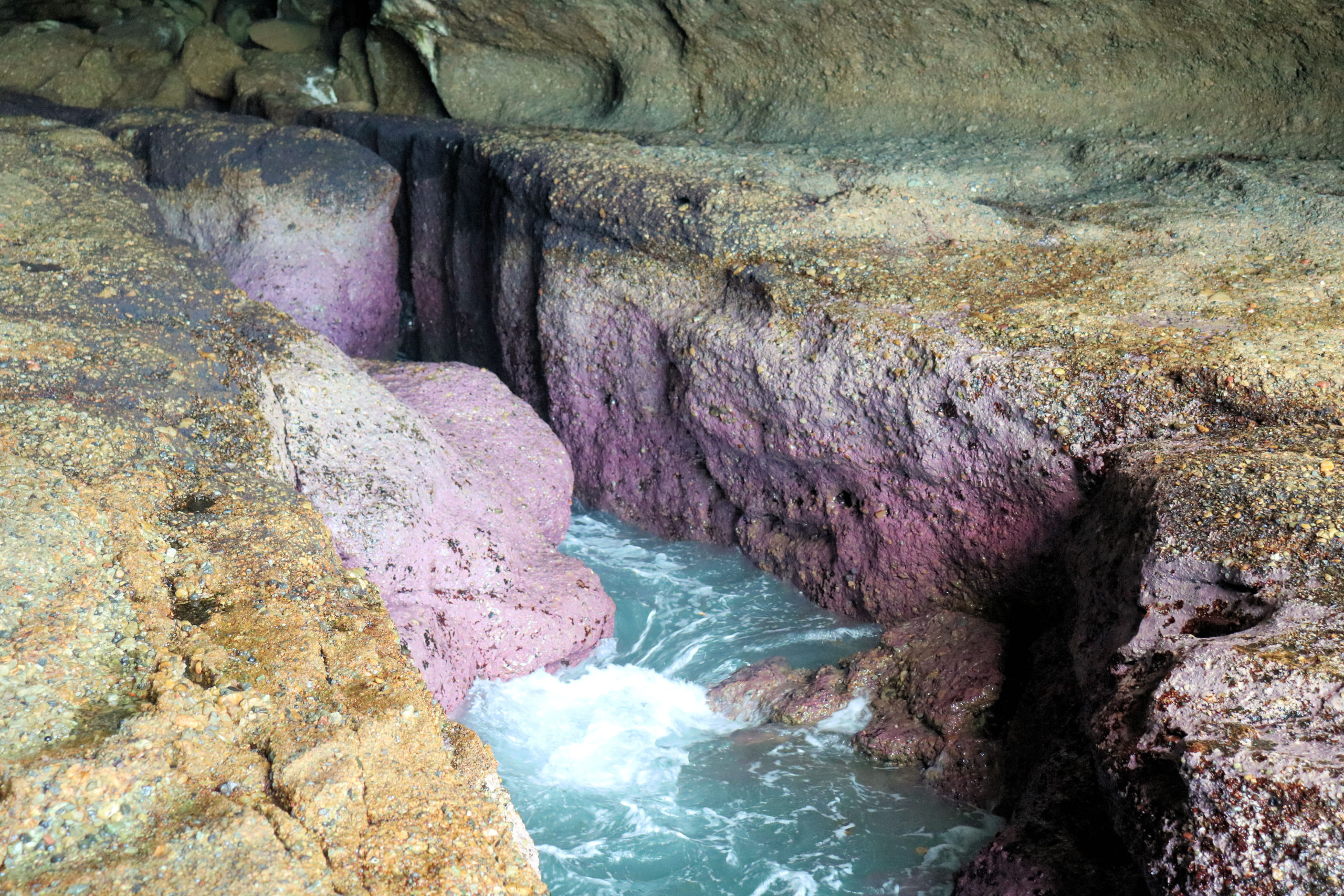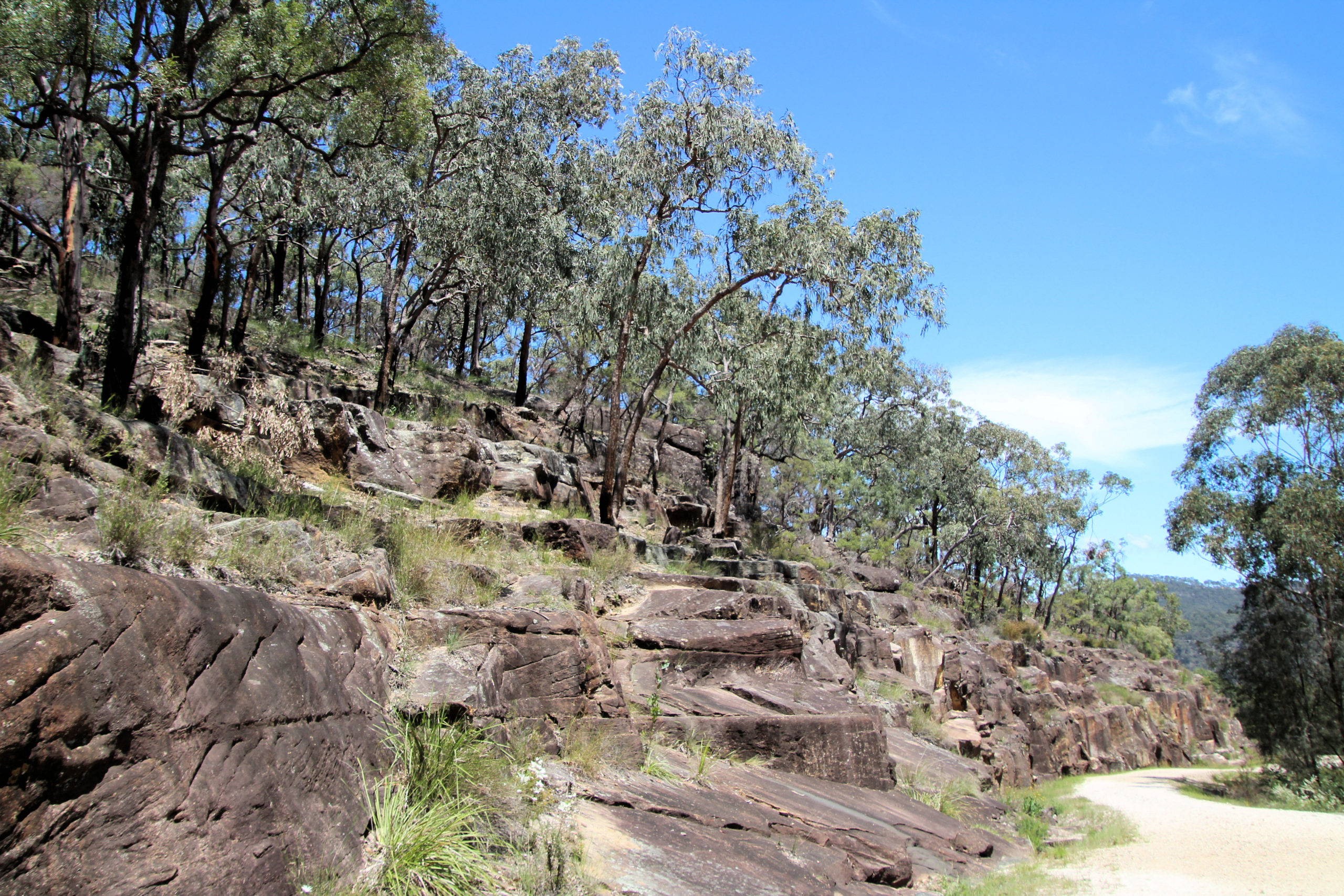Category: Central Coast
-
Arboretum and Bellbird Tracks in Strickland Forest

Strickland State Forest Two great walks located in the Strickland State Forest are the Arboretum and Bellbird Tracks. Located on the Central Coast of NSW, less than an hour’s drive north of Sydney, south of Newcastle, or a 10-minute drive west of Gosford, Strickland State Forest is a great place to visit. The forest is… Read more
-
Moonee Beach and the Pink Cave

Moonee Beach and the Pink Cave Getting There and Parking Located in Catherine Hill Bay South of Newcastle, Moonee Beach and the Pink Cave (also called Deep Cave Bay) are an amazing place to visit, because of their beautiful colours and setting. Parking is limited near the beach access trail, as the road is narrow.… Read more
-
Wisemans Ferry and the Great North Road

Wisemans Ferry Located on the New South Wales Central Coast and North of Sydney, Wisemans Ferry is a historic town connected to the Great North Road. Hawkins Lookout Wisemans Ferry Travelling north from Sydney, the road passes through some wonderful scenery with very tight windy roads in places. Just outside Wisemans Ferry is Hawkins Lookout… Read more